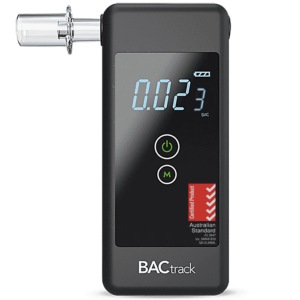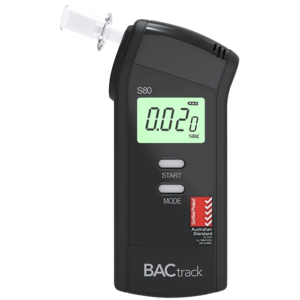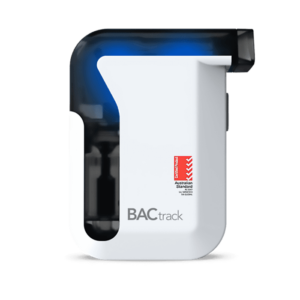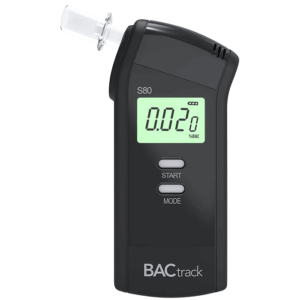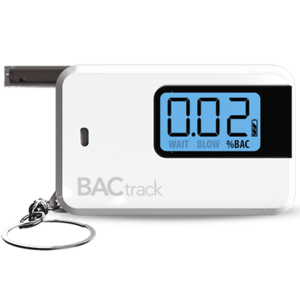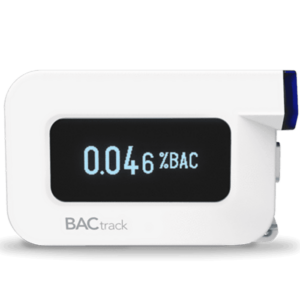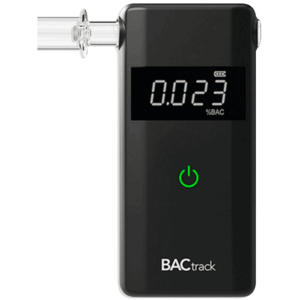Drug and Alcohol Urine Test: Overview of the Testing
05 January, 2024
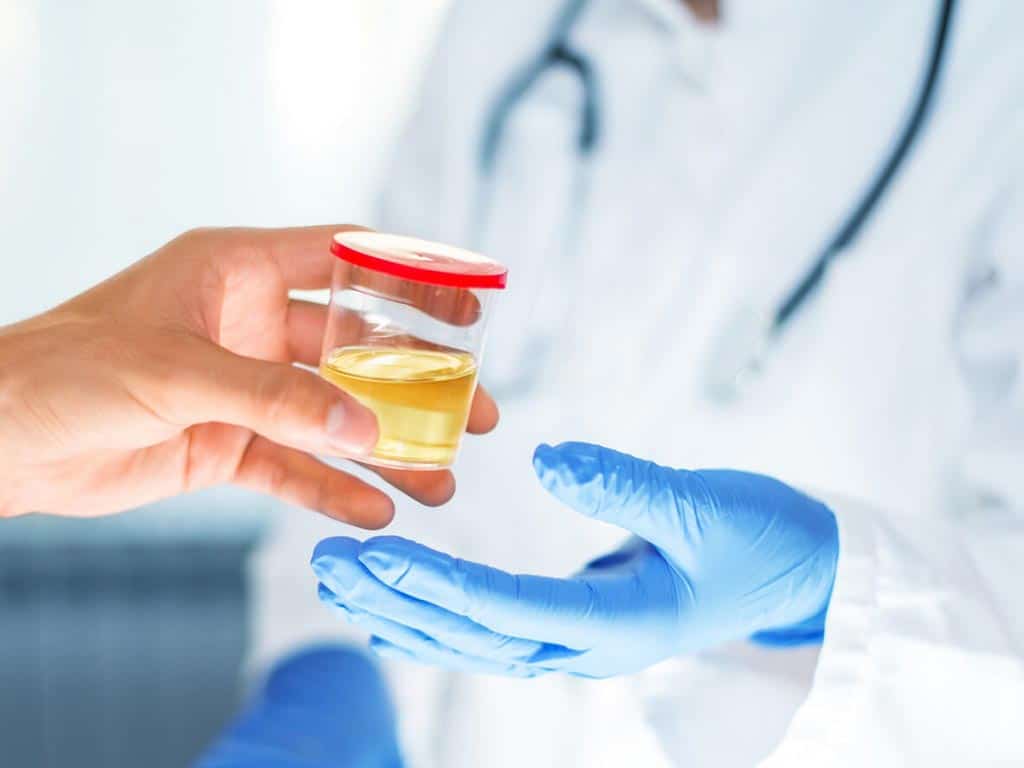
A drug and alcohol urine test is a procedure that involves providing a urine sample to determine if someone has consumed drugs or alcohol. The person submits their urine specimen, and the collection officer seals it in a container for laboratory testing. In situations requiring a rapid screening, a test strip card is employed. This card detects alcohol or illegal drugs through chemical reactions. The urine test finds widespread use in workplaces, schools, and probation programs.
Alcohol and drug abuse has been a persistent problem in society. It affects both the physical and cognitive functions of the individual, creating a potential risk for themselves and others. In the workplace, it has led to numerous accidents and decreased productivity. Consequently, organisations implement regular screening, including urine testing, as part of their workplace policy. This article will present what an alcohol and drug urine test is, including its process and accuracy.
What is a Drug and Alcohol Urine Test?
A drug and alcohol urine test is a screening tool. It can detect illicit drugs, prescription drugs, and alcohol in the system of a person. Accredited health professionals often use this method to assess and monitor substance use disorders during addiction treatment. The test works by analysing the sample of urine for the presence of specific drug classes, drug metabolites and alcohol.
When a person takes drugs or alcohol, the body metabolises these substances, creating byproducts known as metabolites. These metabolites are excreted in the urine, and the urine test can detect their presence. If urine tests detect substances, it is vital to undergo further laboratory analysis for confirmatory testing.
Employers may utilise urine tests, such as random testing or pre-employment testing, to ensure workplace safety and compliance with company policies. The fast turnaround time of the result makes it an efficient tool for assessing the influence of drugs and alcohol on employees. Overall, urine testing is an important tool in identifying and addressing substance use.
Advantages Over the Other Types of Testing
- Non-invasive: unlike blood tests, it does not require the use of needles or other invasive activity in the collection procedure.
- Cost-effective: compared to blood and hair testing, the materials for urine testing are generally less expensive. Hence, it is a more economical option for individuals.
- Detect a wide range of illicit drugs: urine samples can be tested for multiple drug classes.
- Longer detection window: compared to blood and saliva testing, it has a relatively longer period of detection.
- Quick results: rapid urine testing offers a relatively quick turnaround of results, typically within five to 10 minutes.

How is a Drug and Alcohol Urine Test Administered?
The process for drug and alcohol urine tests is straightforward. Individuals need to submit a urine specimen into the plastic container, filling it up to a predetermined level. The sample must be fresh and free from contamination. A collection officer then seals the container for testing. Adhering closely to the provided instructions is essential to guarantee the accuracy and validity of the test.
In rapid screening, a urine sample is applied to a test strip or card. The strip indicates the presence of alcohol or illegal drugs through colour changes or the appearance of a line. In contrast, Gas Chromatography/Mass Spectrometry (GC/MS) tests involve analysing the specimen in a laboratory using sophisticated equipment to detect substances. Results for GC/MS tests are typically ready within 24 to 48 hours.
It is important to follow strict protocols in drug and alcohol testing to get the most valid results. For instance, people should fast or refrain from eating at least 12 hours before the test. Also, they should not drink too much liquid to avoid nullifying the test. Moreover, it is best to avoid alcohol-containing products, such as mouthwash, alcoholic drinks, and sanitisers.
Commonly Tested Substances
Urine testing is an essential tool for detecting a wide range of substances. Firstly, it can detect the presence of cocaine metabolites, such as benzoylecgonine. Secondly, it is capable of monitoring the primary psychoactive compound in marijuana, Tetrahydrocannabinol (THC). Thirdly, the screening for opiates is possible in the testing. This includes morphine, codeine, and heroin.
Fourthly, urine testing can identify the presence of amphetamine substances, including methamphetamine. Some specialised testing panels can screen for specific Nonsteroidal Anti-Inflammatory Drugs (NSAIDs). Furthermore, the testing can detect ethanol, the primary psychoactive compound in alcoholic drinks. However, most people or companies utilise breathalysers when testing for alcohol.

Accuracy of a Drug and Alcohol Urine Test
The drug and alcohol urine tests are generally accurate using validated procedures. The reliability of the test encompasses certified testing kits, sample collection procedures, and analysis techniques. Using certified devices ensures that the test adheres to national standards. In addition, proper procurement procedure is crucial in maintaining the integrity of the simple. This minimises the risk of false positives or false negatives due to incorrect handling.
In-clinic and mobile laboratories follow applicable standards, especially with chain of custody requirements. It includes setting the testing location and ensuring it is clean and hygienic. The equipment should also be sterile to minimise the risk of contamination. Moreover, testing officers or collectors undergo intensive training to perform correct procedures.
Test centres also use advanced equipment to identify and quantify substances accurately. The common method for alcohol testing is the Ethyl Glucuronide (EtG) test. This procedure looks for traces of alcohol metabolites in urine samples. Thus, testing positive for EtG indicates alcohol consumption and not because of other factors.
Where to Take the Test?
There are several options where people can take the test. A convenient way is to search online for the list of clinics or laboratories. Some clinics post about their testing services on their websites. Thus, it is easier for companies to view or inquire about their products or services.
Another way is to ask for a referral from a medical professional or company. For instance, some employers have partner clinics that offer diagnostic testing. Additionally, many healthcare providers offer these tests, including primary healthcare centres, hospitals, and private medical offices. Choosing a urine testing service may depend on the location and cost.
Conclusion
In conclusion, drug and alcohol urine tests are effective tools for detecting substance use. They involve collecting a urine sample and analysing it for drugs and alcohol. The process includes rapid screening or more detailed laboratory analysis like GC/MS. It is crucial to follow specific guidelines, like fasting and avoiding certain products, to ensure accurate results. These tests are key in monitoring and treating substance use disorders, providing reliable information about the substance intake of the person.
Urine tests effectively detect substances like cocaine, THC, opiates, amphetamines, NSAIDs, and ethanol. Certified procedures and equipment ensure high accuracy in alcohol and drug urine tests. People or organisations can easily locate testing services online or through referrals from medical professionals. Strict adherence to standards in sample collection and analysis guarantees accuracy. Multiple options for testing locations empower individuals to choose based on convenience and affordability, whether for personal or professional reasons.

















